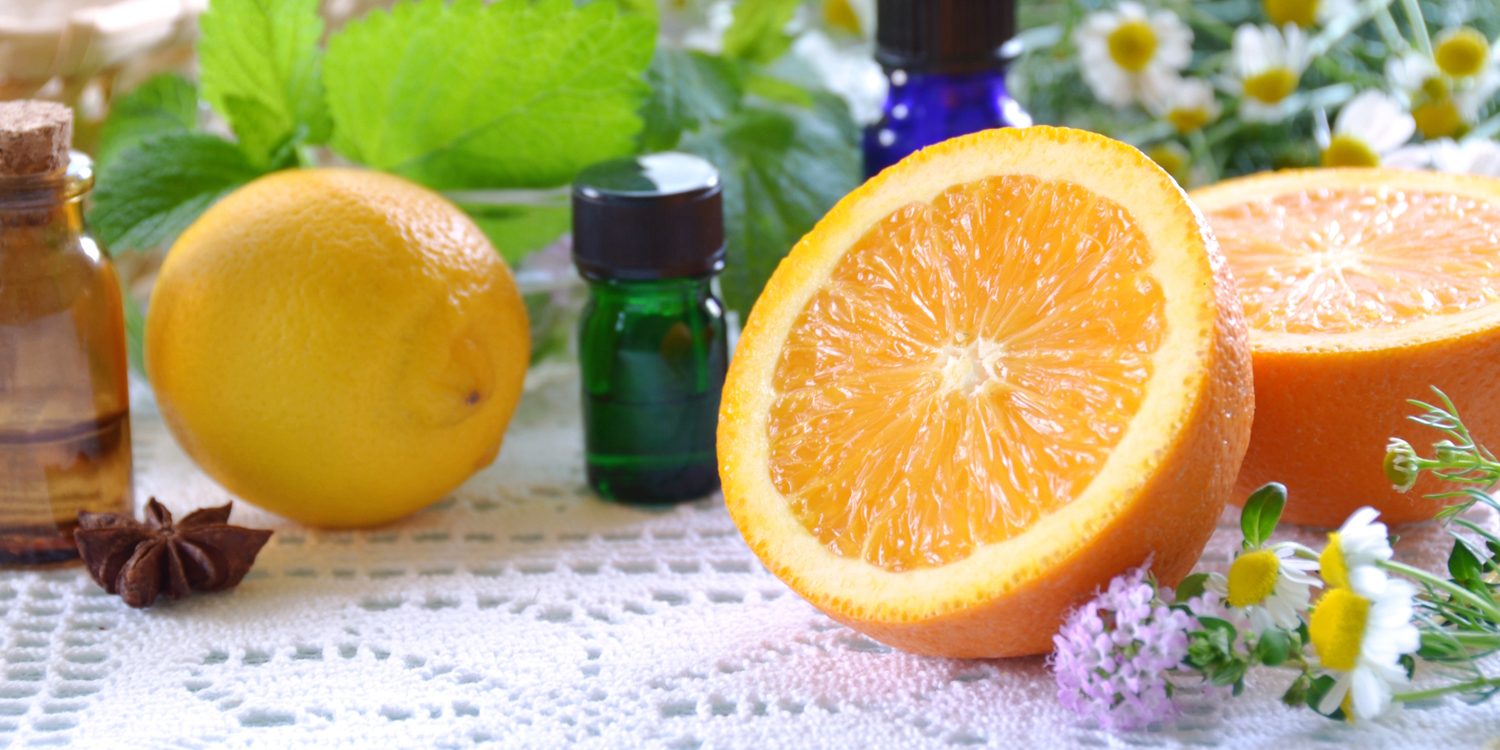Joint Relief A to Z
Vitamins, minerals, herbs, and other supplements are readily available for the relief of joint pain, along with many excellent food sources. Here’s a quick alphabetical guide to effective pain reducers.
- Arnica creams and gels relieve joint pain as well as muscle aches and bruises.
- Boswellia improves blood flow to joints and decreases pain. Extracts of this herb are readily available in supplement forms.
- Collagen is an essential part of our connective tissue. Collagen supplements are effective for osteoarthritis.
- D3—the more bioavailable form of this vitamin—is recommended as part of a “whole-body” approach to arthritis relief.
- E—the vitamin—fights cellular damage that can cause joint pain.
- Fish—particularly fatty, cold-water varieties like salmon, tuna, and sardines—is an excellent source of inflammation-lowering omega-3 fatty acids.
- Glucosamine, usually paired with chondroitin, is widely used for joint pain. Both substances are naturally found in cartilage.
- Ice is a key part of the RICE Treatment for injuries: Rest, Ice, Compression, Elevation. Icing for 15 minutes several times daily relieves short-term discomfort.
- Juice, particularly from pineapple and grapefruit, can help relieve pain. Pineapple contains a pain-relieving enzyme called bromelain, while grapefruit is rich in anti-inflammatory substances. (Grapefruit juice can affect blood levels of certain medications, including statins and antidepressants, so discuss it with your healthcare provider first.)
- Kava kava root extract is good for back and temporomandibular (jaw) joint pain. It’s available in several supplement forms.
- Limes and other citrus fruits are rich in vitamin C, which helps fix cellular damage that may be hurting your joints.
- Magnesium is necessary to thwart the buildup of calcium in joints, which causes pain.
- Nettles contain anti-inflammatory compounds. The leaf extract is particularly effective for osteoarthritis.
- Olive oil may ease inflamed joints and reduce morning stiffness. Consider using it instead of saturated fats.
- Papaya is among many foods that can help relieve joint pain. Consider eating more garlic, grapes, nuts, and spinach too.
- Quinoa and other whole grains can help ease arthritis flare-ups.
- Rhus tox is the go-to homeopathic treatment for joint pain.
- SAMe (S-adenosylmethionine) has been shown to ease arthritis pain. It’s readily available as a supplement.
- Turmeric, the popular Indian spice, reduces inflammation. Look for curcumin—its primary component—in supplement forms.
- “Up.” As in “Sit up straight!” Proper posture while working at the computer can minimize the risk of aches and pains.
- Veggies like bell peppers, carrots, and leafy greens are loaded with inflammation-reducing antioxidants. Look for the brightest colors when shopping in the produce aisle. Cruciferous vegetables (broccoli, cauliflower, Brussels sprouts) contain a compound that reduces the destruction of cartilage in joints.
- Willow. Extracts from the dried bark of this tree are effective for joint pain relief. Try it in tea or capsules.
- Yoga and other forms of gentle exercise can strengthen muscles to stabilize joints.
- Zinc has been shown to have pain-relieving properties. It appears to regulate the transmission of pain signals.
“8 Tips for Rheumatoid Arthritis Relief” by Matthew Kadey, www.WebMD.com, 2015
“Bioavailability of Vitamin D(2) and D(3) . . .” by U. Lehmann et al., J Clin Endocrinol Metab, 1/13
“A Bitter Pill to Swallow: Grapefruit Juice and Medication,” by Sylvia R. Karasu, www.PsychologyToday.com, 5/31/12
“Daily Dose,” www.ClevelandClinicWellness.com/DailyDose
Herbal Therapy & Supplements by Merrily A. Kuhn and David Winston ($42.95, Wolters Kluwer, 2008)
“Supplements for Bones and Joints,” www.DrWeil.com
“Zinc Acts on NMDA Receptors to Relieve Pain” by Megan Talkington, www.PainResearchForum.org

